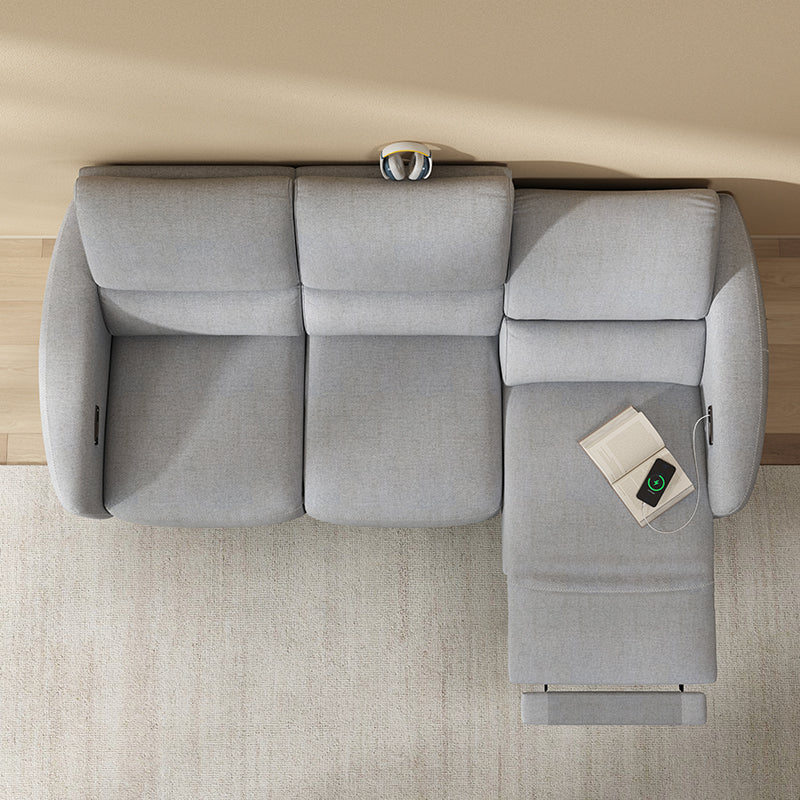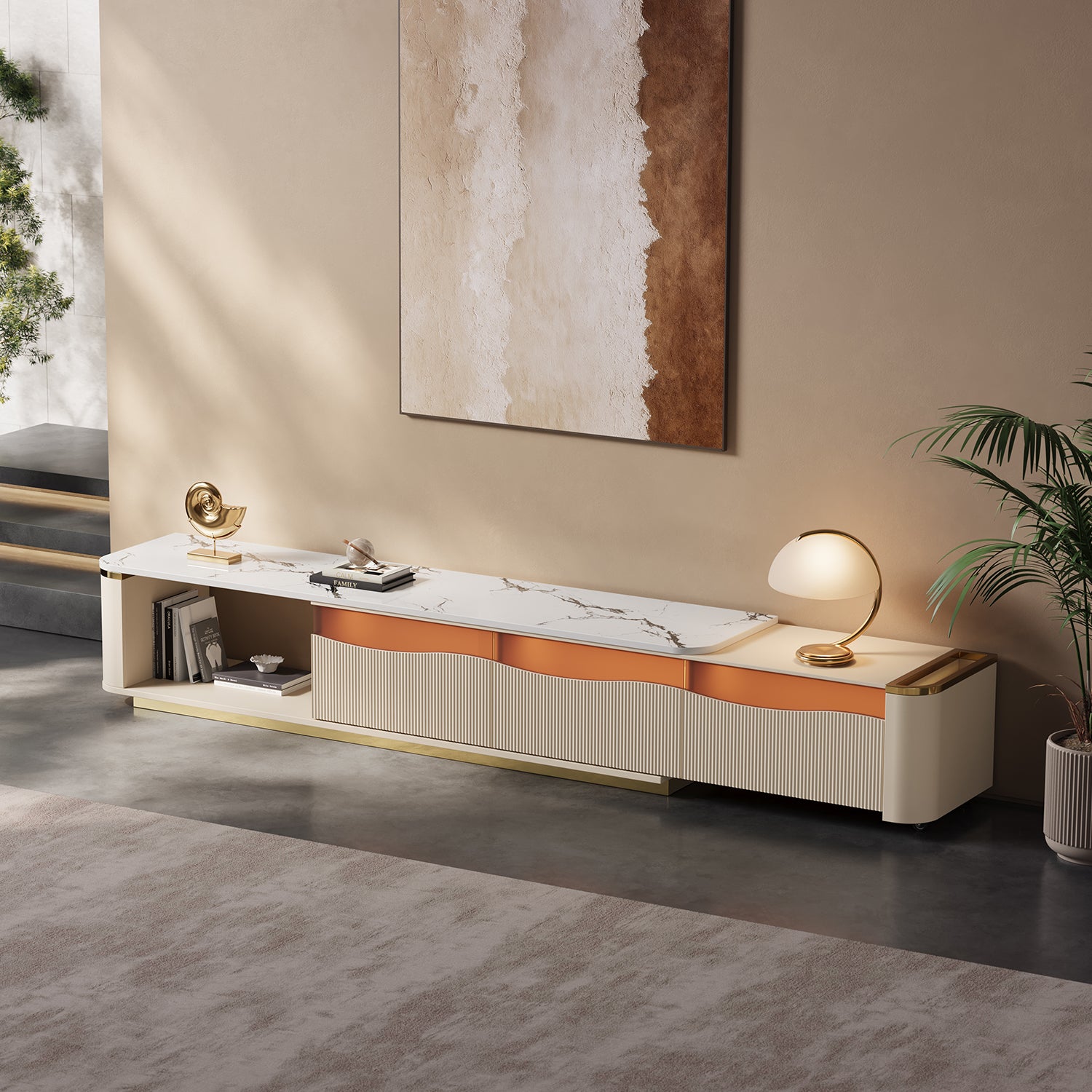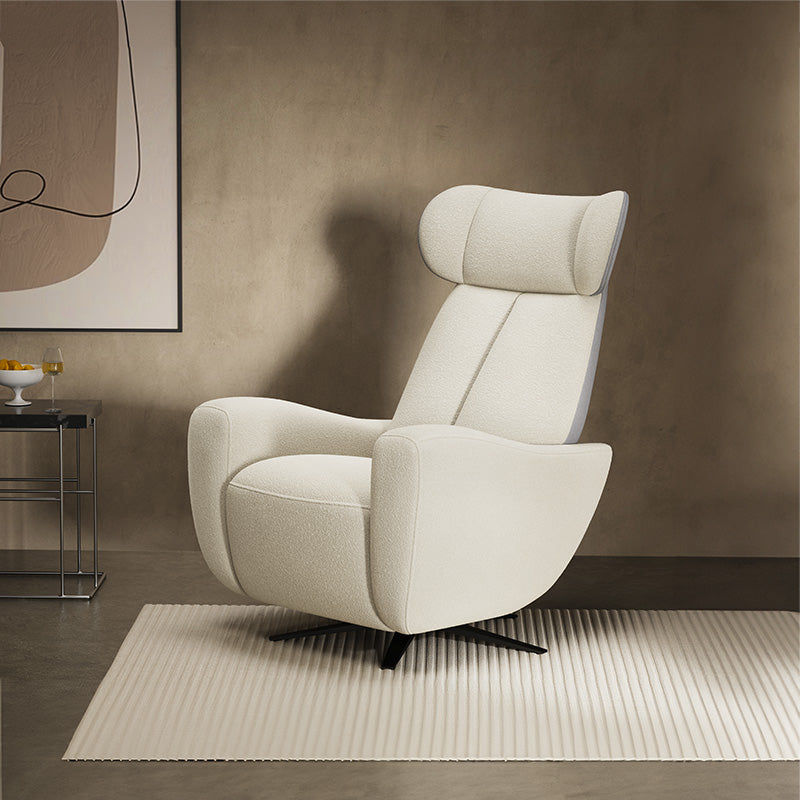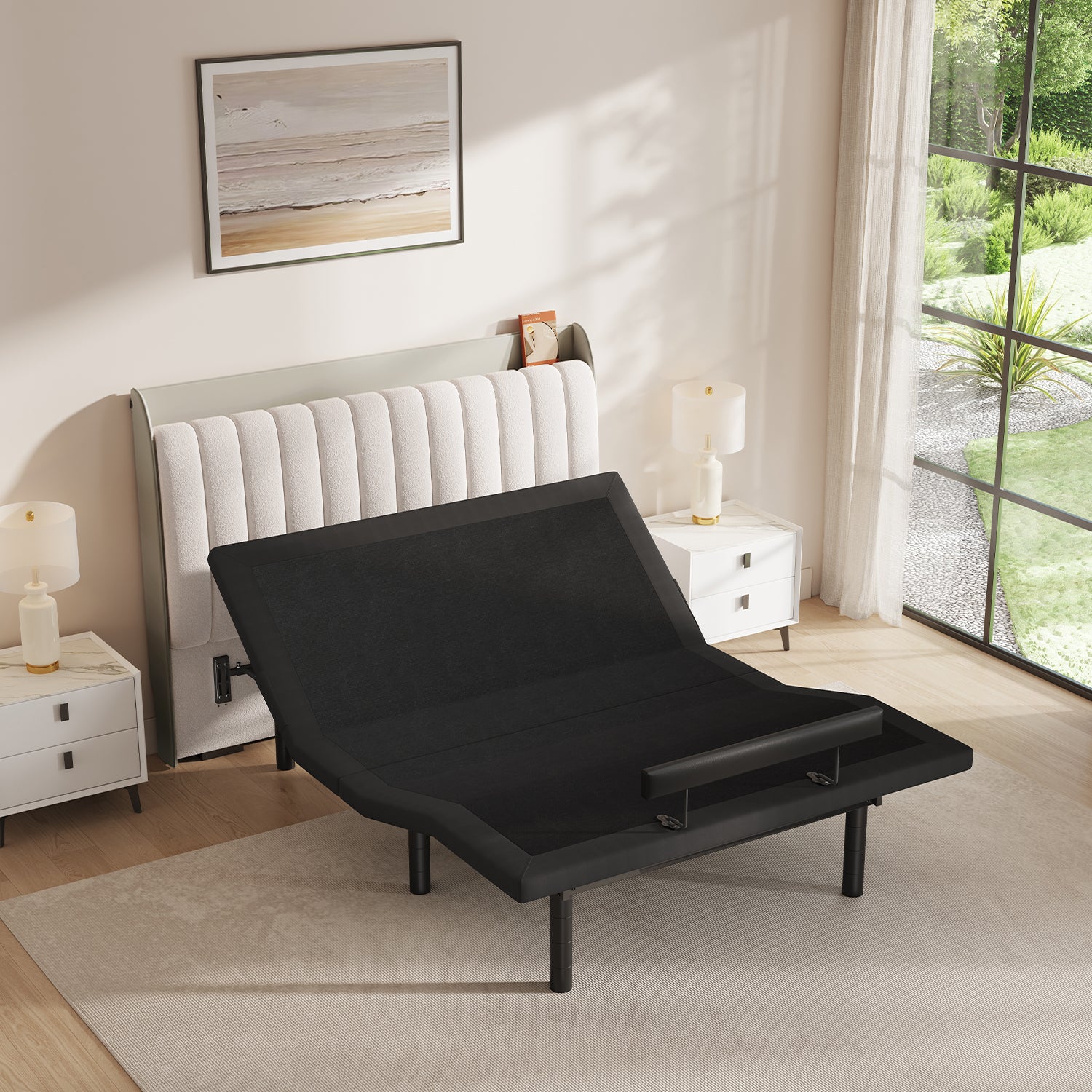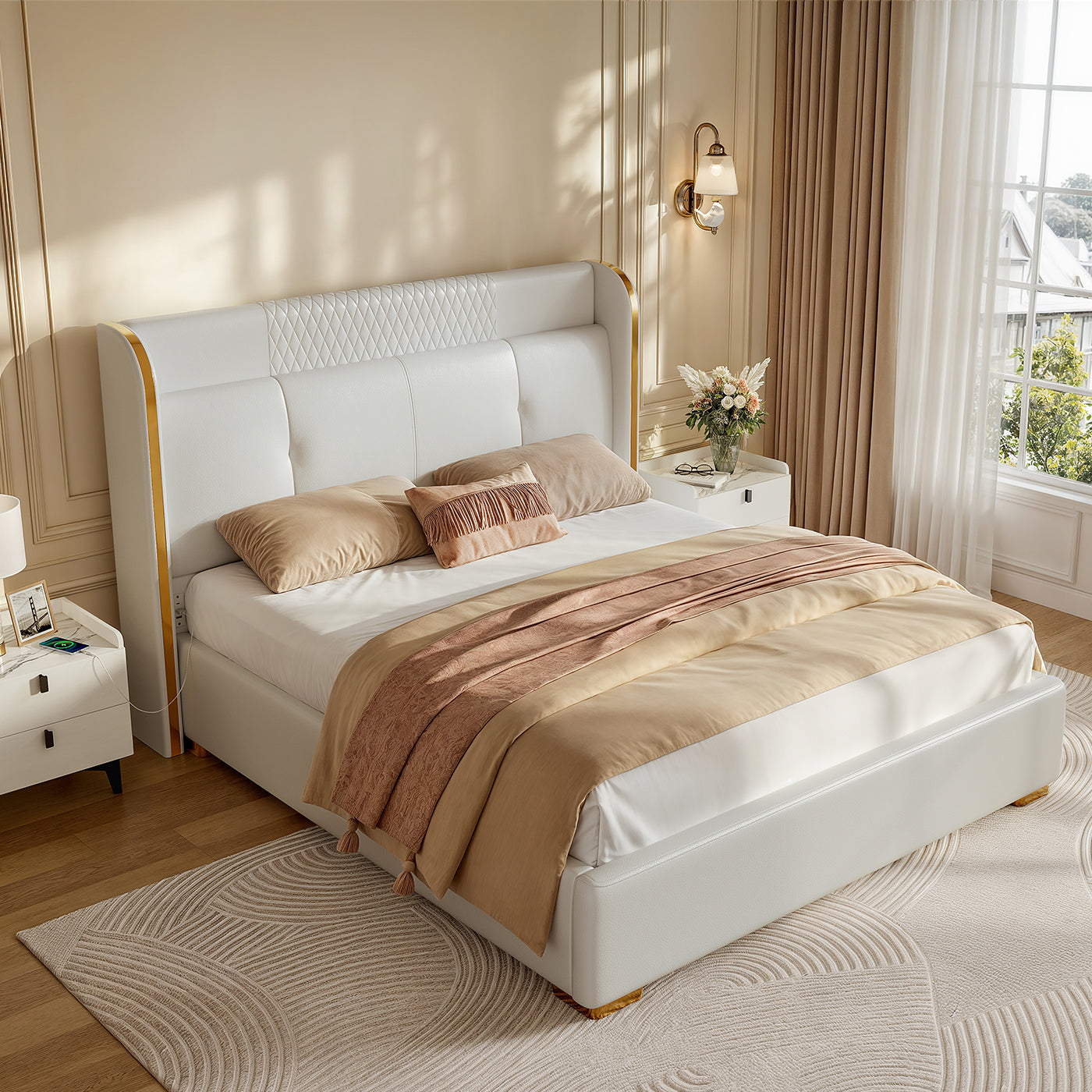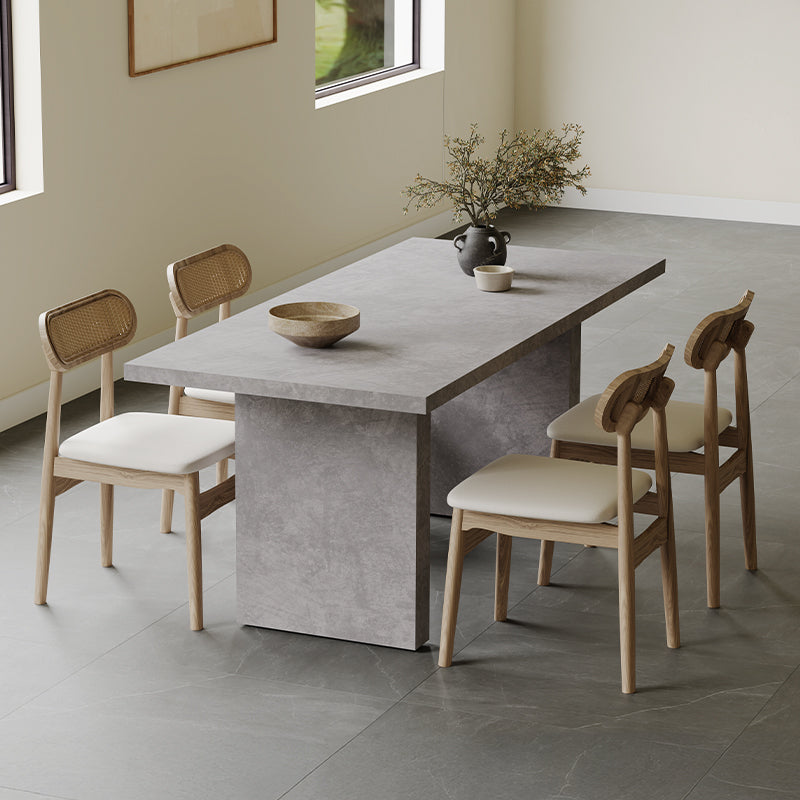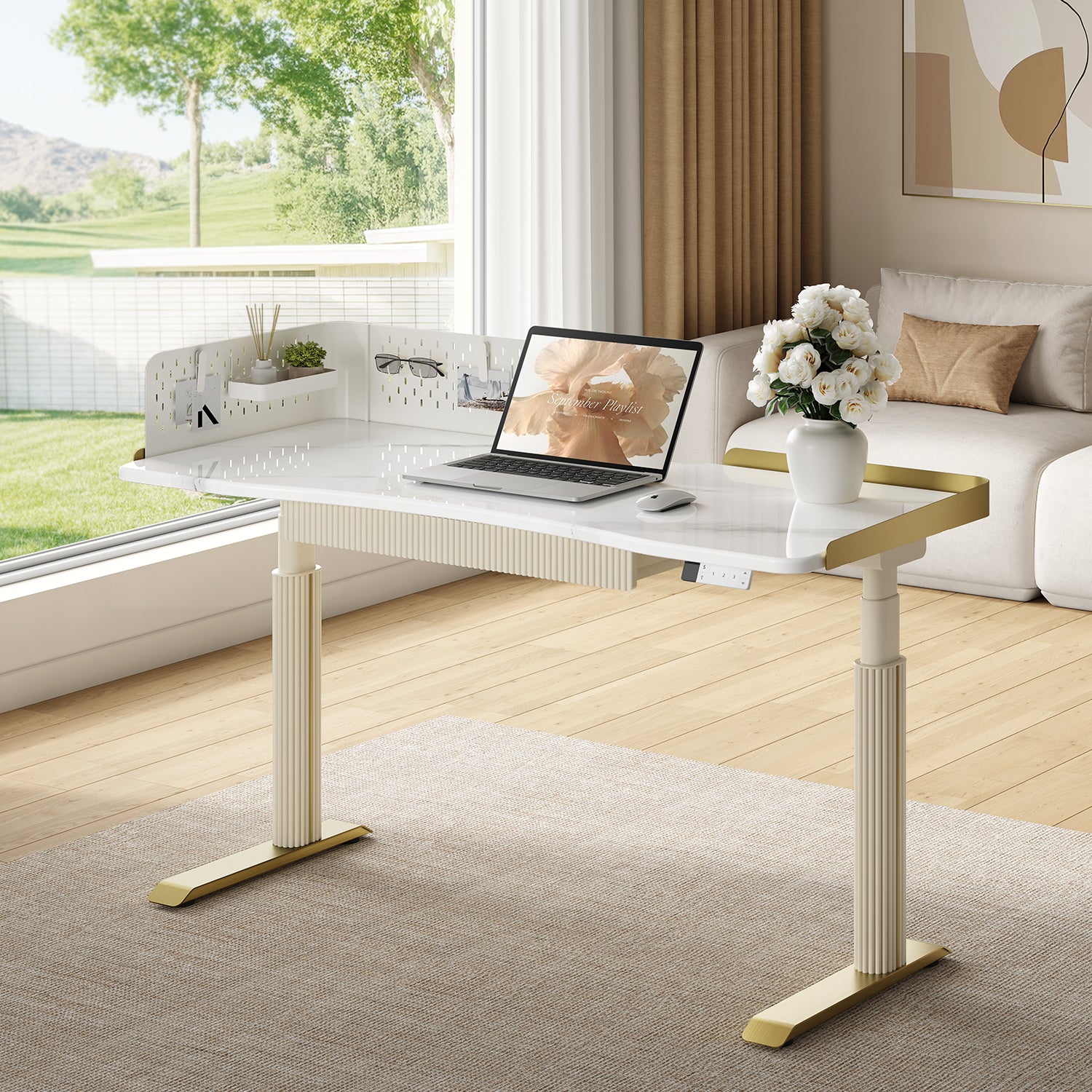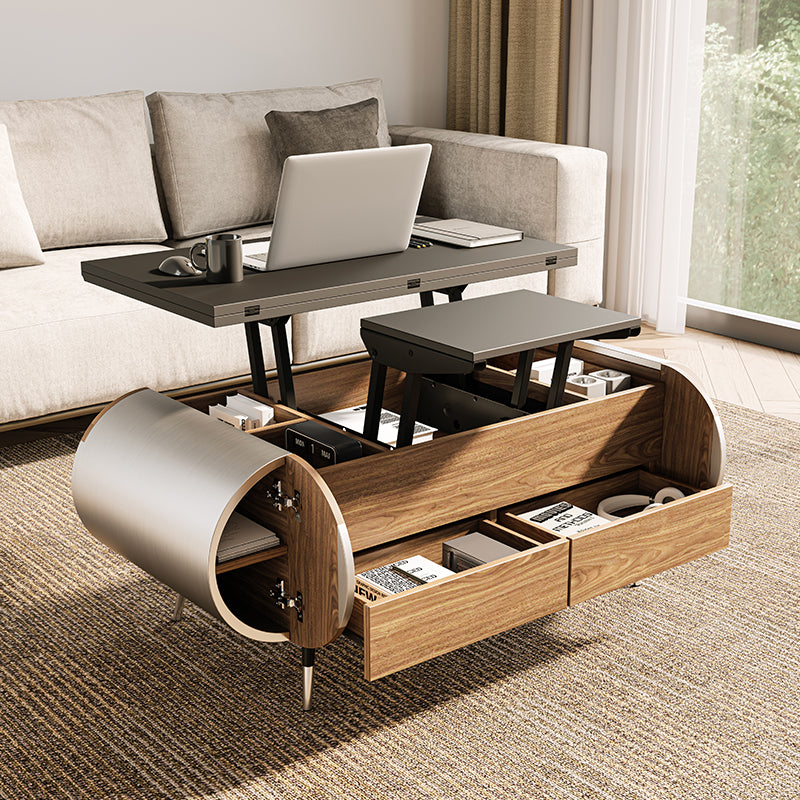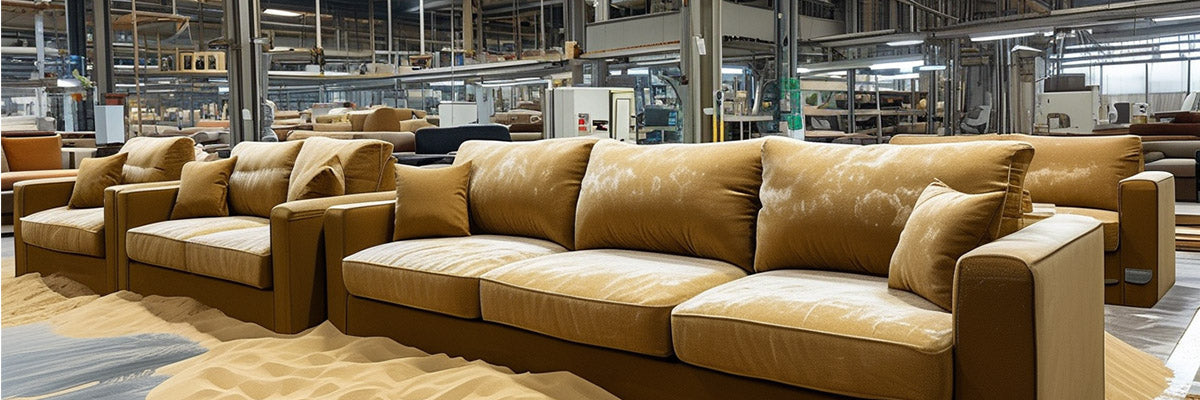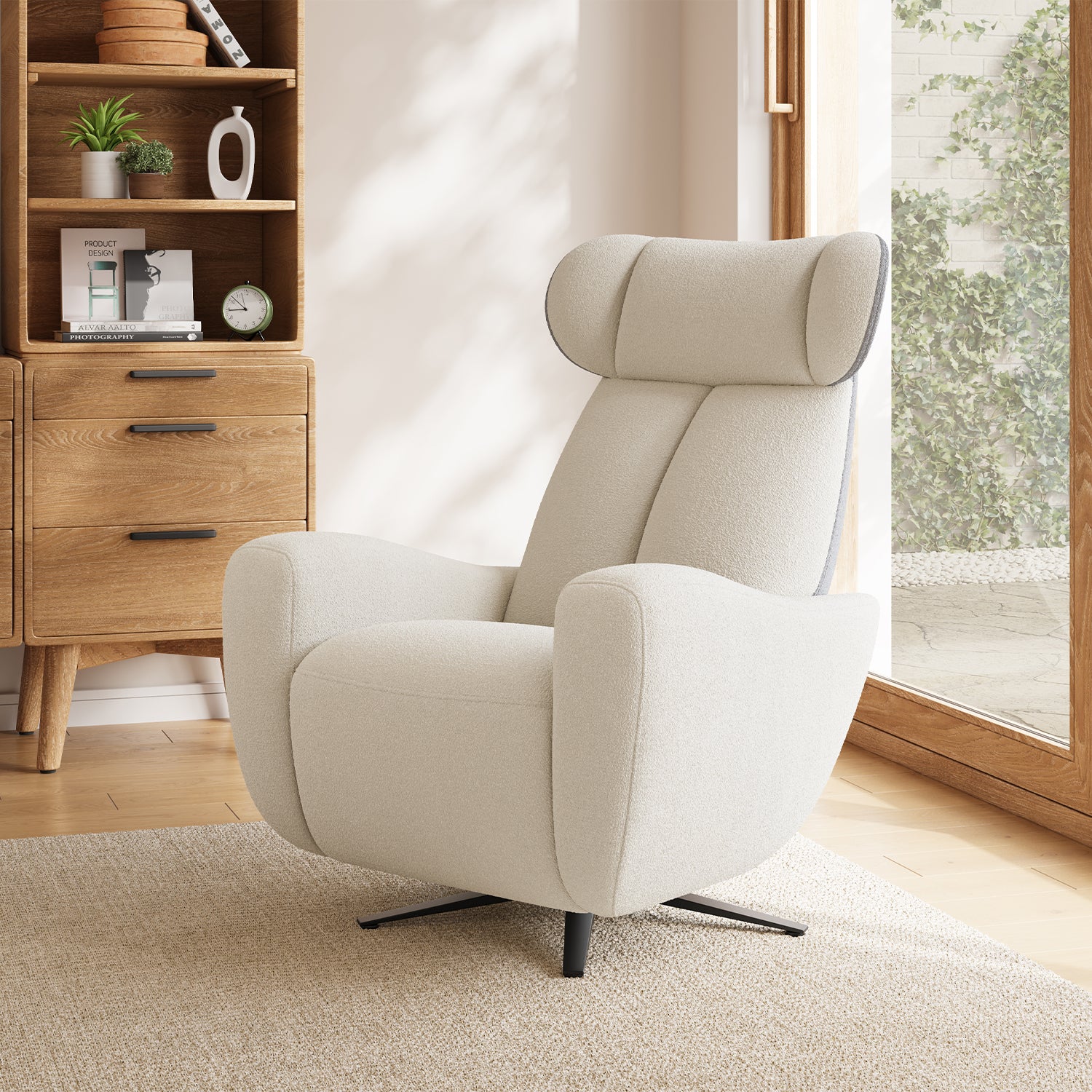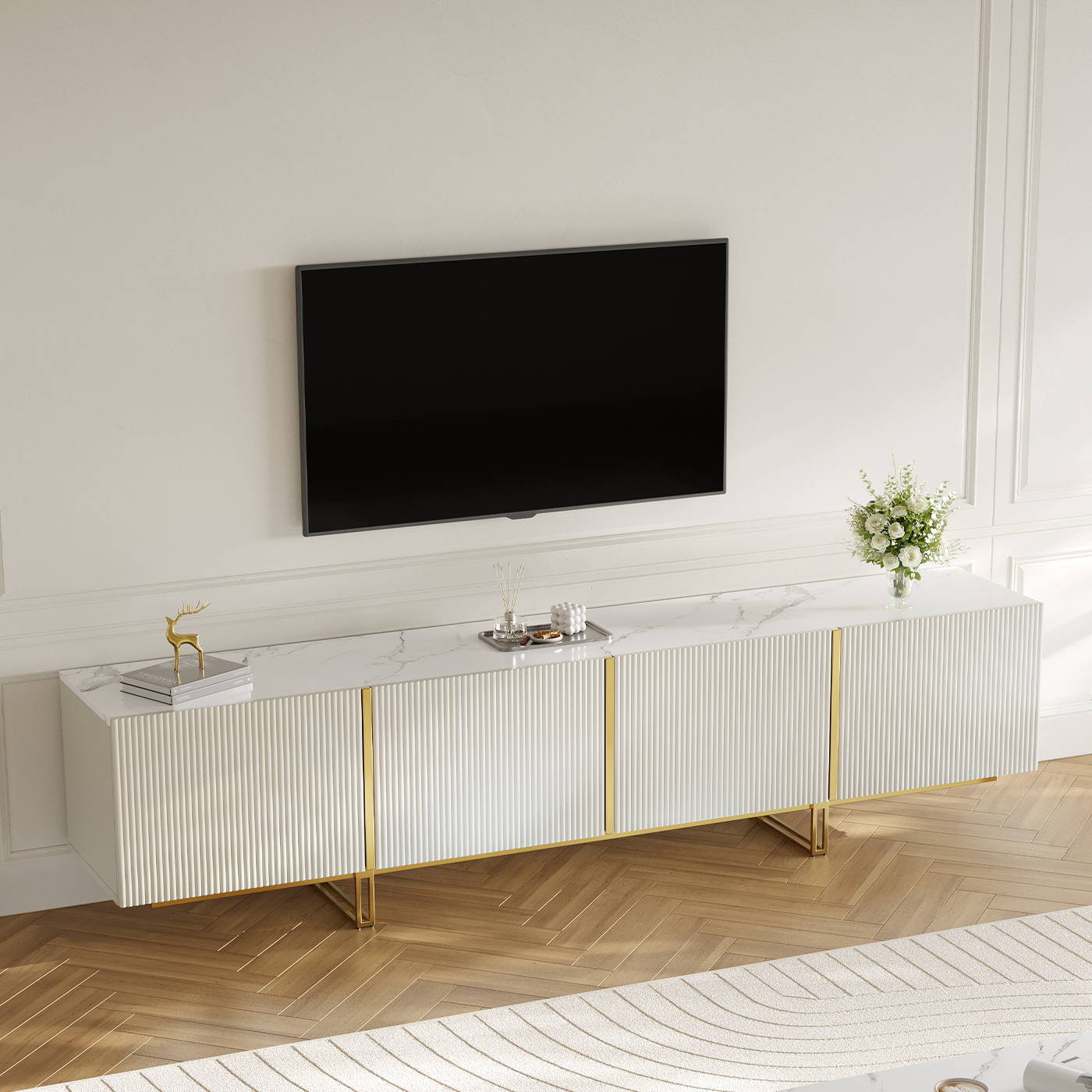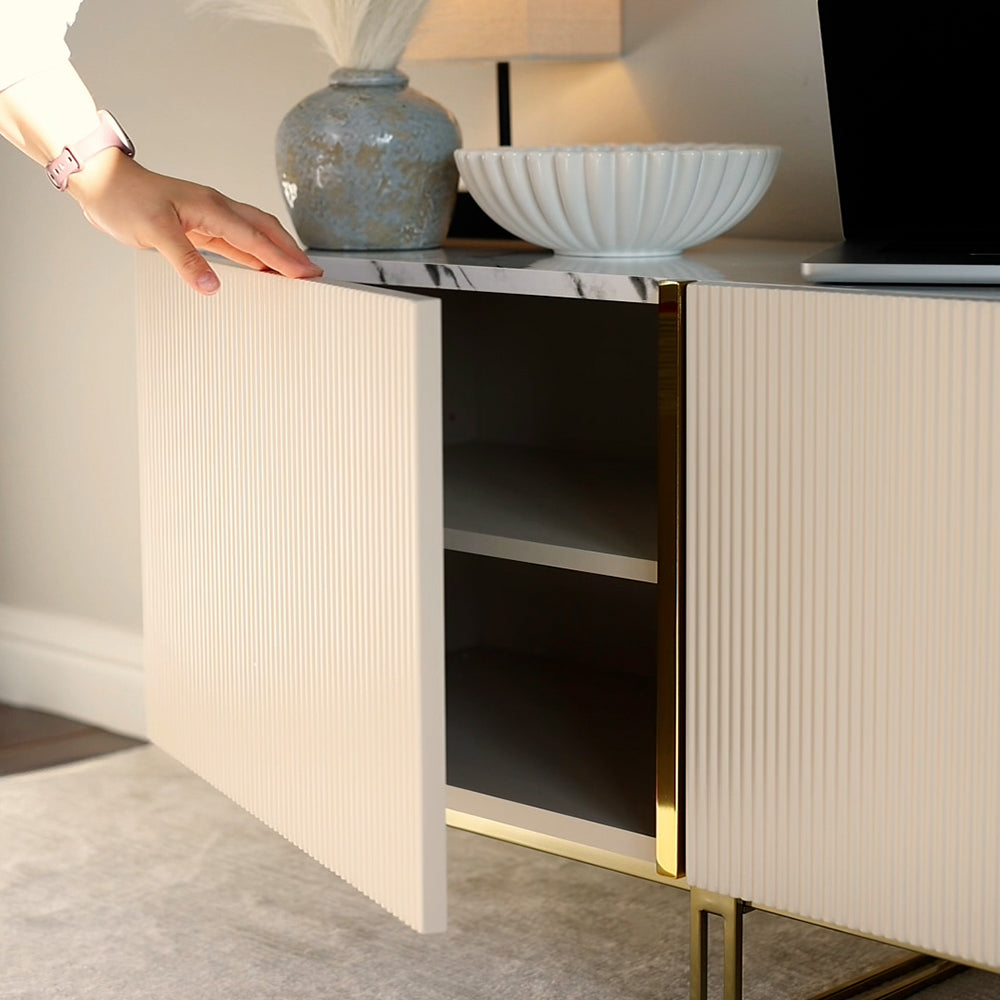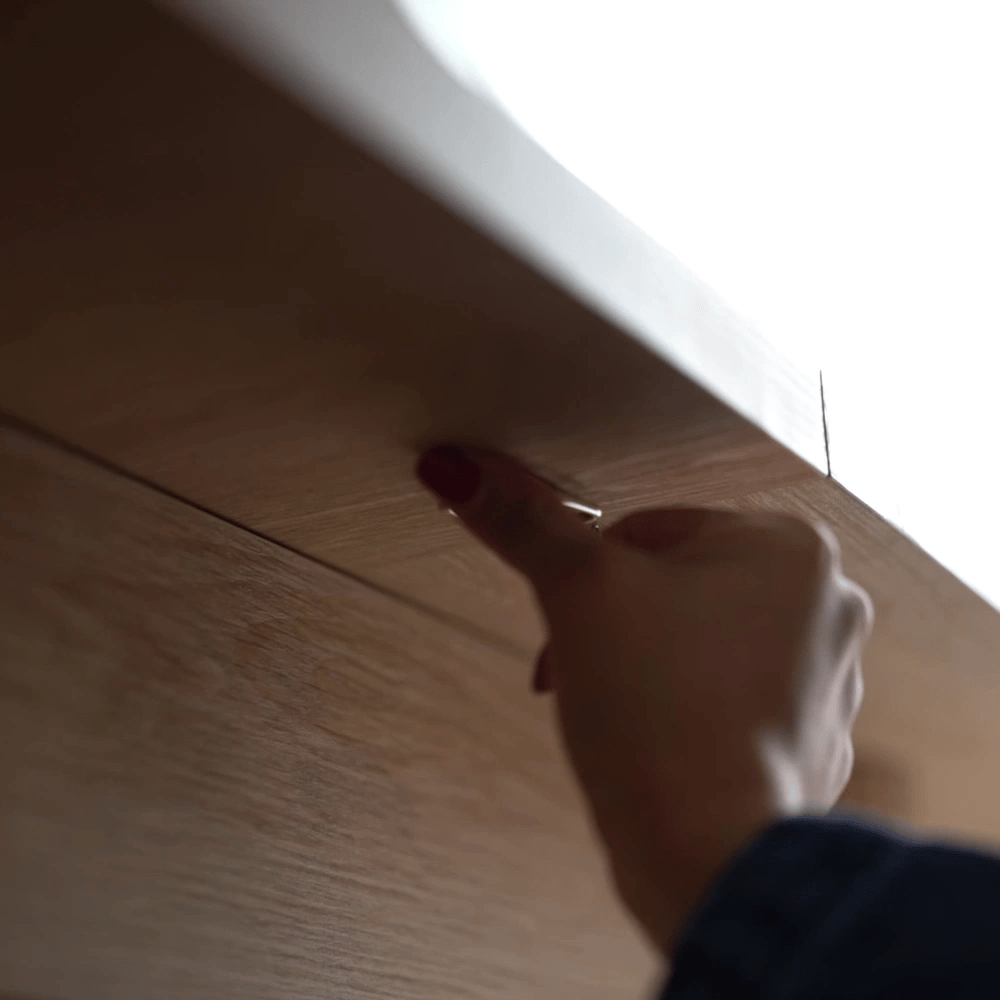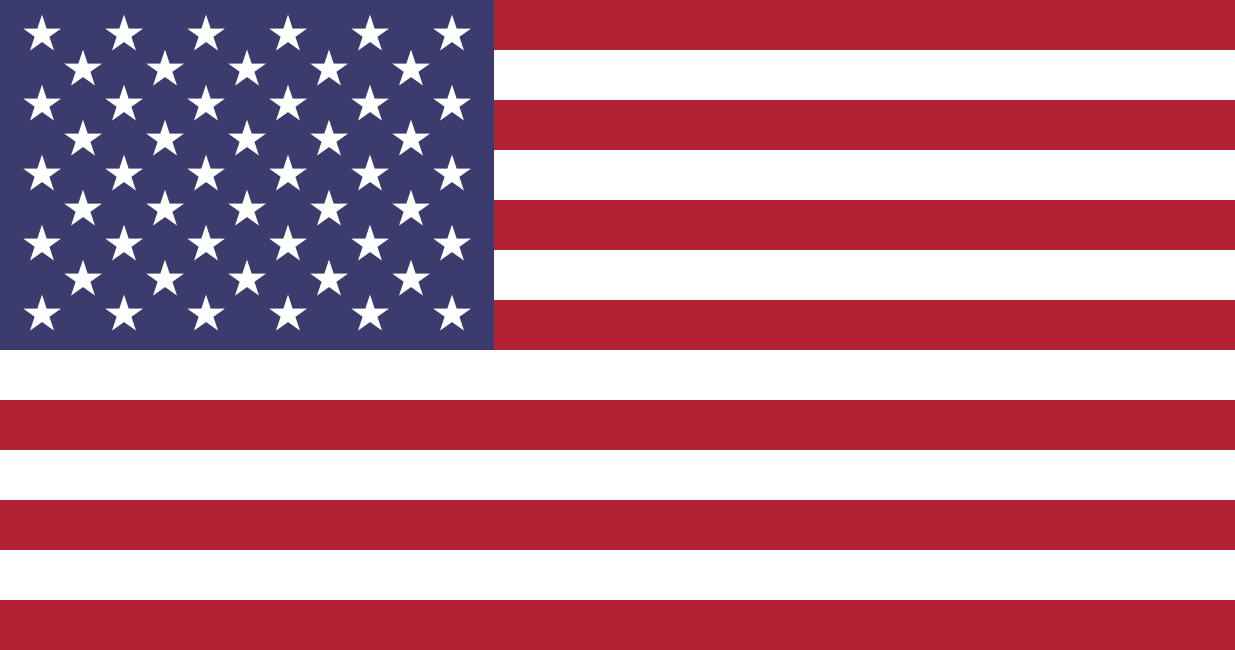Sofas are more than just furniture; they are essential pieces of our living spaces, providing comfort and style. Understanding how sofas are made gives us insight into the craftsmanship and materials that contribute to their appeal. This article will explore the intricate process of sofa manufacturing, from design conception to the final product.
Table of Content
1. Design and Planning
The journey of a sofa begins with design. Designers work on sketches and 3D models, taking into account the desired aesthetics, dimensions, and functionality. They consider various styles—modern, traditional, minimalist—while also factoring in ergonomics. Once the design is finalized, technical specifications are created, including measurements, fabric choices, and materials.
2. Selecting Materials
Materials play a crucial role in the quality and longevity of a sofa. Key components include:
- Frame:
The frame provides the structural integrity of the sofa. Common materials include hardwoods like oak or maple, which are known for their strength, or engineered woods, which can be more cost-effective.
- Suspension System:
This system affects how the sofa feels when you sit on it. Options include sinuous springs, which are S-shaped springs providing a supportive base, and eight-way hand-tied springs, a more traditional and labor-intensive method that offers exceptional comfort.
- Cushioning:
The type of cushioning influences comfort and durability. Foam, polyester fiberfill, or down feathers are popular choices, often combined to achieve the right balance of softness and support.
- Upholstery:
The fabric covering the sofa is available in countless styles and materials, including cotton, linen, leather, and synthetic blends. Designers select fabrics based on durability, aesthetics, and how they will withstand wear and tear.

3. Frame Construction
Once materials are selected, the manufacturing process begins with constructing the frame. Craftsmen cut and assemble the frame pieces, ensuring they are secure and stable. Joints are typically reinforced with dowels, screws, or brackets to prevent wobbling. After assembly, the frame is often sanded and treated with a finish to enhance its appearance and protect it from damage.
4. Adding the Suspension System
With the frame ready, the next step is installing the suspension system. This process varies depending on the type chosen. For sinuous springs, the springs are attached to the frame using clips or fasteners, creating a network that will support the cushions. For hand-tied springs, artisans tie each spring together using durable twine, ensuring that they move harmoniously to provide a comfortable seating experience.

5. Cushioning and Upholstery
Once the suspension system is in place, it’s time to add the cushioning. Foam is cut to size and layered according to the desired comfort level. High-density foam is often used for durability, while softer materials can be layered on top for plushness.
After the cushioning is in place, upholstery is applied. This involves cutting the fabric to size and carefully sewing pieces together. Experienced upholsterers ensure that patterns align and seams are neat, paying attention to detail to create a polished look. The fabric is then pulled tightly over the frame and secured, ensuring there are no wrinkles or sagging.
6. Finishing Touches
After the sofa is fully upholstered, final touches are added. This can include decorative elements like tufting, piping, or nailhead trim, which enhance the sofa's visual appeal. Quality control checks are conducted at this stage to ensure that everything meets the manufacturer's standards.
7. Packaging and Distribution
Once the sofa passes inspection, it is prepared for shipping. Sofas are often disassembled to make transportation easier. Components are carefully packaged to prevent damage during transit. Finally, the sofa is shipped to retailers or directly to consumers, ready to become a centerpiece in a home.
8. Conclusion
Cleaning your couch may seem like a daunting task, but with the right approach and knowledge, it can become a straightforward part of your routine. A clean couch not only enhances the aesthetic appeal of your living space but also contributes to a healthier home environment by reducing allergens and germs. By following the steps outlined in this guide—removing debris, steam cleaning, disinfecting, and addressing specific fabric care—you can maintain your couch’s comfort and longevity. Remember that investing in high-quality furniture will further ensure its durability. With the right care, your couch can continue to serve as the cozy heart of your home for years to come. So, take a moment to prioritize its cleanliness, and enjoy all the comfort it brings!
If you want to buy our home furniture or couch for living room, you can check out more on our store

